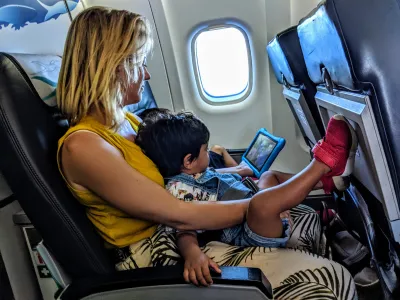
The Imperfect Parent's Guide to Flying With Babies & Young Children: What’s Helped Me (Most of the Time)
I’ve flown extensively with my three children over the years—sometimes with a baby, sometimes a toddler, sometimes all three at wildly different stages. I definitely don’t have it all figured out. Some travel days go surprisingly smoothly, others involve tears (sometimes mine), misplaced snacks, and a slow descent into sticky chaos.
Even with experience, I still forget things, lose track of routines, or ignore my own best advice. Travelling with kids is a constant learning curve. That said, these are the things that have genuinely helped us over the years, or that other travelling families we know swear by. Think of them as ideas to try rather than rules to follow. The more you travel, the more you find your rhythm—and that confidence helps the kids relax too.
Choose red-eye flights, and prepare for them properly
For long-haul I always choose night flights for traveling with kids, but I’ve learned that how we spend the day beforehand really matters. If we spend the whole day indoors packing and snacking, the kids arrive on board full of pent-up energy and struggle to settle. If we’ve had fresh air and active play—beach, playground, walking—their bodies and moods are naturally more ready for rest.
It's not about exhausting them, just regulating energy and emotions. When I remember to do this, nights go much more smoothly. When I don’t, I notice.
Book the bassinet row even if they never sleep in it
Bassinet rows aren’t just about the actual bassinet (although when it works, it’s wonderful). The real benefit is the extra space in front of the seat, which makes a huge difference when you’re juggling bottles, nappies, toys, snacks and a squirmy baby.
I’ve also flown airlines that offer a sort of upright bouncy-seat instead of a flat cot, which worked far better for slightly older babies who wanted to sit and look around rather than lie down. It’s not a perfect solution, but when we’ve used it, it’s helped.
Bring spare clothes—for them and for you
There’s a special kind of travel memory that comes from realising a blow-out has occurred and you don’t have any clean clothes left. I once improvised an outfit from strategically layered wraps and an upside-down jumper. Since then, I try to pack:
- at least one full change for me
- and two full changes for the baby or toddler
- plus a bag for soiled clothes
Do I always remember? No. Do I regret it when I forget? More often than not.
Help little ears manage cabin pressure
Take-off and landing can be uncomfortable for small children who can’t intentionally swallow to equalise pressure. Things that have helped us:
- breastfeeding or bottle feeding
- dummies/pacifiers
- sips of water for older children
- something chewy, like a sweet, for toddlers and older kids
It doesn’t prevent discomfort entirely, but it has reduced tears more often than not.
Research airport facilities before you travel
Some airports do the bare minimum for families, but others—particularly in Europe and Southeast Asia—offer genuinely useful services for parents with young children. If I know we have a layover or expect to be in the airport for a few hours, I try to look up the facilities ahead of time. Family areas are often tucked away rather than near main gates, and you may not stumble across them by chance.
Facilities I’ve found useful include:
- children’s play areas and soft-play rooms
- quiet resting spaces
- nursing and bottle-feeding rooms
- microwaves, hot water boilers and bottle warmers
- dedicated family bathrooms
- cribs or sleeping spaces
In parts of Southeast Asia, it’s fairly common to find family rooms designed specifically for feeding, warming bottles, resting and changing nappies—sometimes with equipment far more practical than the standard airport toilet. When I'm organised enough to check ahead of time, it makes airport days feel much more manageable.
Pack small “micro-kits” rather than one giant baby bag
I try to keep my hand-baggage as light and slimline as possible. Lots of blogs recommend bringing lots of new toys wrapped up for entertainment during the flight and while I can see benefit to that. Personally I prefer to keep my hand-baggage as light as possible, there is nothing harder than juggling children and lots of luggage on a flight, especially if you are the only adult. Older kids can carry and be responsible for their own bags. I pack separate little pouches and I spread them out so each person is carrying something so it's not all on me. For example my older kids carry the entertainment pouch and the snacks pouch, whilst I carry the documents and medicine etc.
- Documentation pouch - all the important passports, tickets, visas etc.
- changing kit (as you would expect -nappies, wipes, cream, spare clothes etc)
- feeding/snacks kit (whatever you and the kids love although I try to avoid wet and crumbly things)
- sleep/comfort kit - (eye masks, pillow, muslin (see below). Depending on my destination and how light I am traveling I sometimes take a full-size pillow, it increases comfort so much, especially if you have a lap child. )
- entertainment kit - (books, tablets, lcd drawing pads, eye-mask headsets, travel toys etc)
- first-aid/meds kit - (I keep it light on the actual flight but always have kids paracetamol on hand and travel sickness tablets)
When I do this, I feel like a highly functioning adult with her life together. When I don’t, I’m the person rummaging elbow-deep in a bottomless tote looking for wipes while everyone stares sympathetically. Both are fine, just different flavours of chaos.
Never travel without a muslin—even long after the baby stage
Muslins take up almost no space and are endlessly useful. I’ve used them as:
- an extra blanket on a cold flight
- a breastfeeding cover when I wanted more privacy
- a makeshift eye shade or canopy when cabin lights were bright
- a rolled-up neck pillow
- a sling tied to form a little footrest over the tray table (especially helpful if you're short, and a lifesaver when holding a lap baby)
- a peekaboo toy
- something to wipe up spills or sick
- emergency backup clothing for either a child or myself
All that from something that fits into a side pocket. They're the unsung heroes of travel.
Make the flight part of the adventure (flight log books, cockpit visits)
We started using flight log books not as scrapbooks, but as a way to turn travel days into part of the experience rather than something to endure. The kids enjoy writing down the aircraft model, route, flight time, notes about what they saw, and when permitted, getting a pilot’s signature.
We don’t remember to fill them out every time, but when we do, it adds a lovely sense of accomplishment and curiosity.
The time I flew in an adult nappy
I once flew solo while pregnant with an 18-month-old who only slept while lying on me. My worst fear going into it was that I might finally get him to sleep and then need the loo desperately. So I wore an adult nappy.
I didn’t end up using it, thankfully, but knowing I could made the long-haul flight far less stressful. Travel parenting is humbling, and sometimes the solutions that give us peace of mind are not glamorous at all.
Kids cope better when we’re calmer—and that comes with practice
One thing I’ve learned is that travelling gets easier over time, not because the children suddenly become perfect travellers, but because we become more comfortable handling hiccups. The more relaxed we are, the more relaxed they tend to be.
Some flights are easy. Some are exhausting. None of them define you as a parent, and every single one builds experience and resilience.
Final Thoughts
If you’re preparing to fly with a baby or young child, be kind to yourself. You don’t need to follow every tip or have everything perfectly prepared. Try the things that feel useful, adapt as you go, and remember that even the harder experiences become part of your travel story.
Spare clothes help. A sense of humour helps even more.



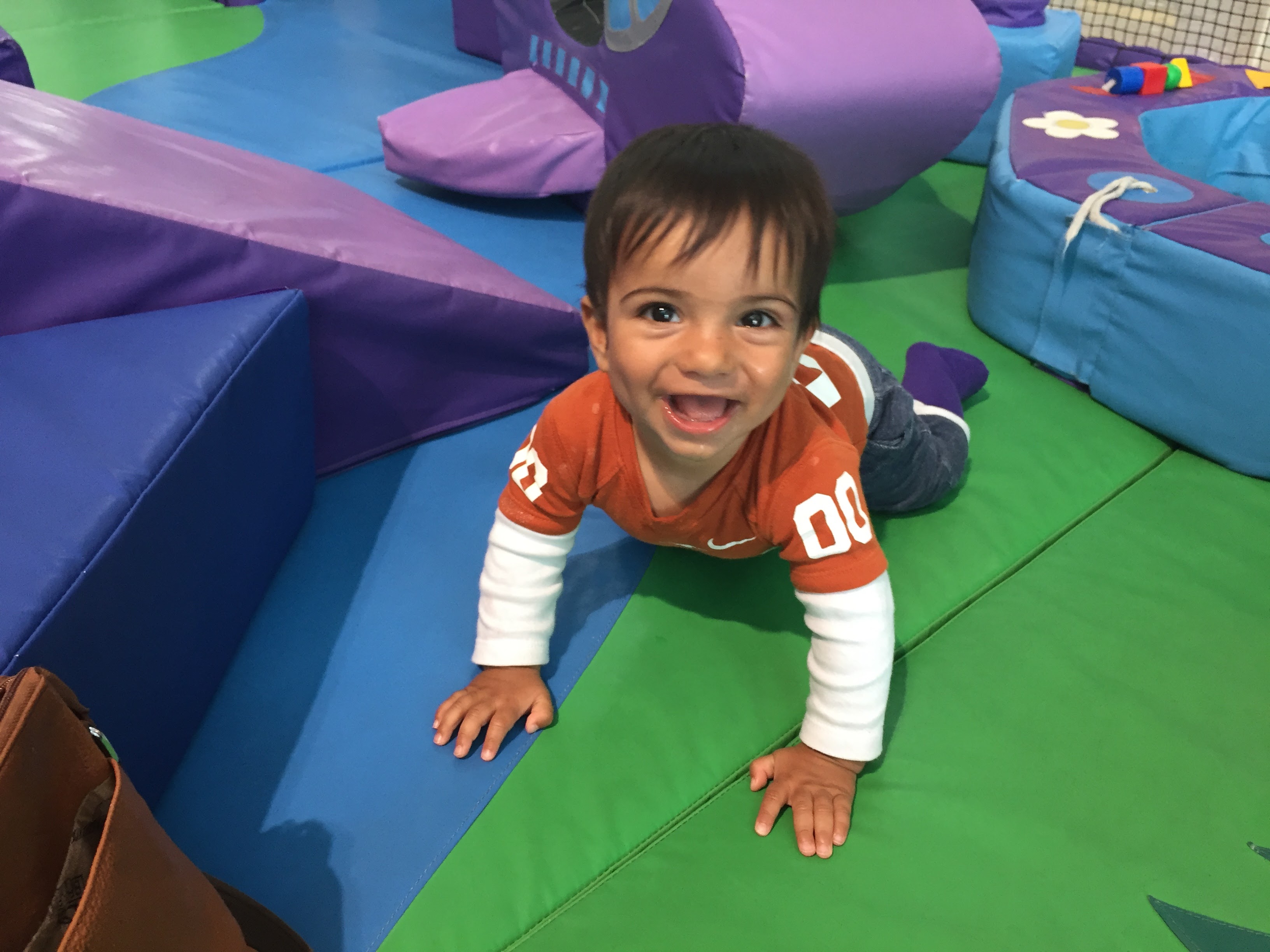

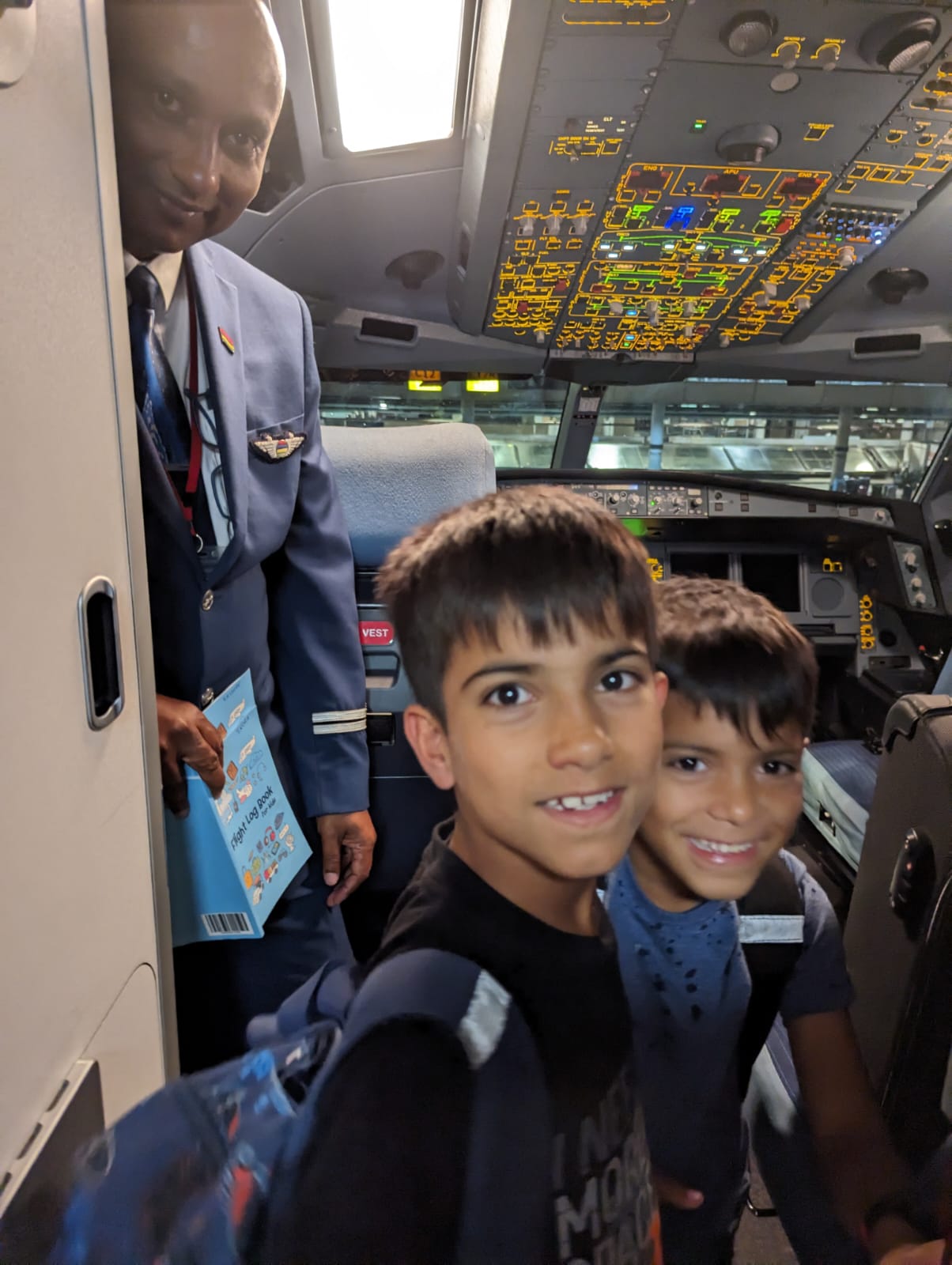

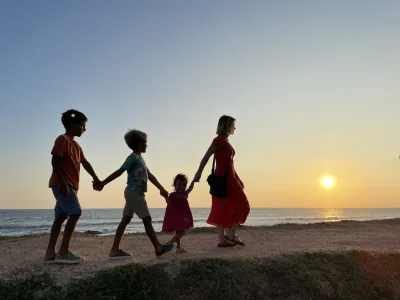
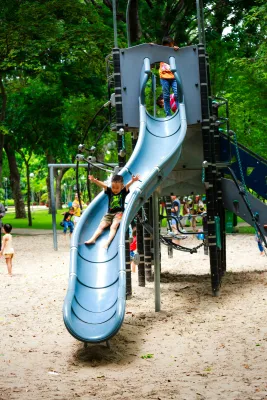




No comments yet…